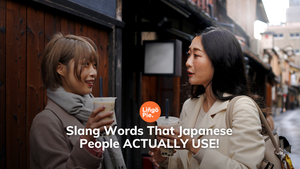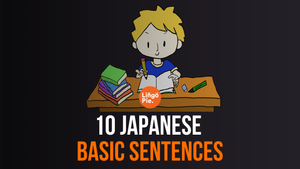Do you like celebrating Thanksgiving with your family? Did you know that Thanksgiving is also celebrated in Japan? In this article, we'll take a look at this Japanese holiday, its history, how it's celebrated and some vocabulary regarding Thanksgiving, very useful if you want to learn Japanese.
I love celebrations where people meet and enjoy a meal with their loved ones while relaxing. For example, Christmas or New Year's Eve. The Japanese Thanksgiving is one of those celebrations, but it has also a very special meaning for Japanese people.
Also, this article comes with an extra, a way to learn vocabulary from Japanese national holidays and more, so let's go!

How is Thanksgiving celebrated in Japan?
In Japan, Thanksgiving is known as Kinrōkansha no Hi (勤労感謝の日), which in Japanese means "Labor Thanksgiving Day", and it's celebrated on November 23rd every year. The date is different from the American Thanksgiving (the last Thursday in November). If the celebration falls on Sunday, it's moved to Monday.
Kinrōkansha is the perfect time to respect work, celebrate production, and to say thanks to others, specially workers. School children give cards or gifts to police officers, firefighters, hospital staffs, teachers, defense personnel (the Japan Self-Defense Force and the Japan Coast Guard) and other people that work for the sake of the country.
Not only children, but also companies congratulate their workers for their efforts and dedication. Like in America, Japanese families get together to have dinner at home and relax.
Other celebrations during this day include the Nagano Labor Festival and the Nagano Ebisuko Fireworks Festival, both taking place in the city of Nagano:
- The Nagano Labor Festival's aim is to raise awareness about issues related to work, peace, human rights and even social responsibility about the enviroment.
- The Nagano Ebisuko Fireworks Festival is named after Ebisu, one of the seven lucky gods from Shinto mythology. The event is famous due to the stunning fireworks show, which it's one of the most impressive during the year in Japan. Many many people go to watch them and be amazed by the colorful spectacle.
In other words, Kinrōkansha no Hi is all about gratitude, relax and simplicity. Why? Because you don't need to give any moneraty gift to people: just say thanks, give them a handmade card saying so, relax with your loved ones and that's it.
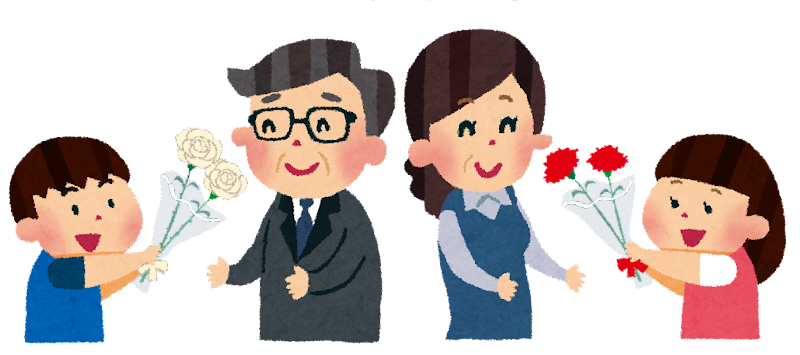
A little history about Kinrōkansha no Hi.
However, this celebration wasn't always called Kinrōkansha no Hi. In fact, that is a modern name for an ancient harvest festival known as Niinamesai (新嘗祭), the celebration of the Five Cereals. It's believed that the first Niinamesai took place during the reign of Emperor Jimmu (660-550 BC), but the basic forms as we know them took place when Emperor Tenmu ruled (667-686 AD).
The meaning of the Niinamesai is celebrating the hard work during the year and the Emperor would take part in it during the ceremony, in which he would dedicate the harvest to the spirits or kami (神). In addition, he would be the first person to taste the rice.
Although the name and the rituals were very different from today's Kinrōkansha, the date on which Niinamesai was held is the same: November 23rd.
Up to here, you may be asking when and why the celebration was changed. Well, that happened during the end of World War II, when the United States forces occupied Japan. The new American authorities decided to clean many Japanese national holidays from the calendar, including Niinamesai, because of their religious roots in Shinto, one of the main religions in Japan next to Buddhism. However, this doesn't mean that there would be gone forever, but they would be replaced by new holidays with no connections with Japanese religion (secular holidays). So, the Japanese government, influenced by the occupation authorities, decided to change rename Niinamesai as Kinrōkansha no Hi, but the date was kept.
What's interesting is that Niinamesai is still celebrated even in these days, but privately and only the members of the Imperial House of Japan can take part in it.
Halloween in Japan: A Gaijin's Guide To 6 Spooktacular Traditions
Gion Matsuri Guide +15 Useful Japanese Words You Should Know
Japanese Valentine's Day
What do Japanese people eat during Thanksgiving?
It may surprise you to know that there isn't any special food to eat during Kinrōkansha. Actually, Japanese people eat food that it's eaten every day, like sushi (寿司) or mochi (餅), a Japanese sweet made with a pounded rice paste and usually filled with red bean paste or anko (あんこ). Despite this, sekihan (赤飯), a kind of rice with red beans, is usually eaten during this day.
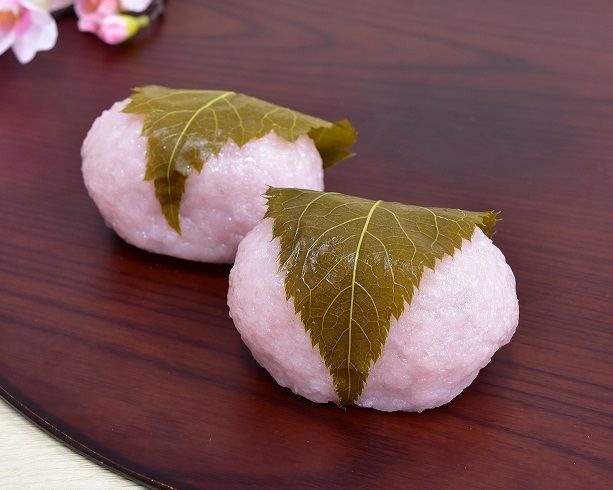
Is Western Thanksgiving celebrated in Japan?
Kinrōkansha no Hi is very different from the Western Thanksgiving, isn't it? However, that version is also celebrated in Japan, like other Western holidays like Halloween. Some restaurants serve Thanksgiving meals such as the iconic Thanksgiving turkey. What's more, some supermarkets sell foreign food for you to cook your own Thanksgiving meal at home!
Oh, the Western Thanksgiving is called Kanshasai 感謝祭 in Japanese.

Some related words.
Kinrō 勤労: Labor
Kansha 感謝: Gratitude, appreciation.
Hi 日: Day.
Arigatō gozaimasu ありがとうございます: Thank you very much.
Kinrōkansha no Hi omedetō 勤労感謝の日おめでとう: Happy Labor Thanksgiving Day.
Gokurōsama desu ご苦労様です: Thank you for your hard work.
Mainichi oshigoto gokurōsama desu 毎日お仕事ご苦労様です: Thank you for your hard work every day.
Mochi 餅: Japanese sweet made with pounded rice paste and filled with red bean paste (anko).
Sekihan 赤飯: traditional rice dish with red beans.
Otsukaresama desu お疲れ様です: Good work, Thank you for your hard work.
Niinamesai 新嘗祭: Japanese traditional celebration of the Five Cereals. Kinrokansha no Hi's former name before 1948.
Hyōshō 表彰: recognition prize given to the best workers.
Kanshajō 感謝状: recognition cards given to workers.
Rō o negirau 労をねぎらう: expression used to appreciate someone's efforts and hard work.
Rōdō 労働: labor.
Kanshasai 感謝祭: Western Thanksgiving.
Shichimenchō 七面鳥: turkey.
Panpukinpai パンプキンパイ: Pumpkin pie.
Tsumemono 詰め物: stuffing.
Masshupoteto マッシュポテト: Mashed potatoes.
Learn Japanese holidays with Lingopie.
In conclusion, Thanksgiving in Japan is a time to celebrate work, to say "thank you" to workers and to relax. It has religious origins, but after World War II that connection was dropped, even changing its original meaning: the harvest celebration. However, that original event is celebrated up to these days, but by very few people, and even the Western Thanksgiving is celebrated in some places at the same time.
A great way to learn about national holidays and its vocabulary in Japan is with Lingopie, which offers you real and great TV in Japanese. You can enjoy watching your favorite TV shows while learning about Japanese holidays! What's also great is that you can deepen your Japanese knowledge with group or 1 on 1 lessons led by professional teachers!
What are you waiting for? Start your free trial today and enjoy what Lingopie has to offer!
See you!

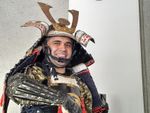
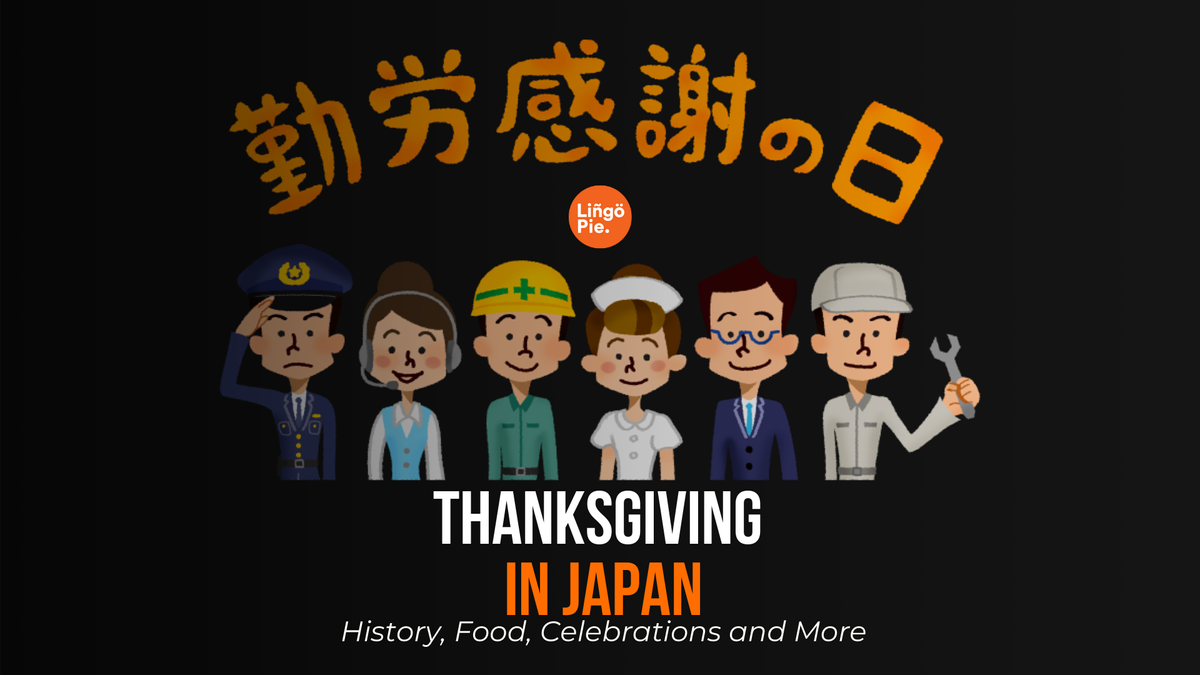

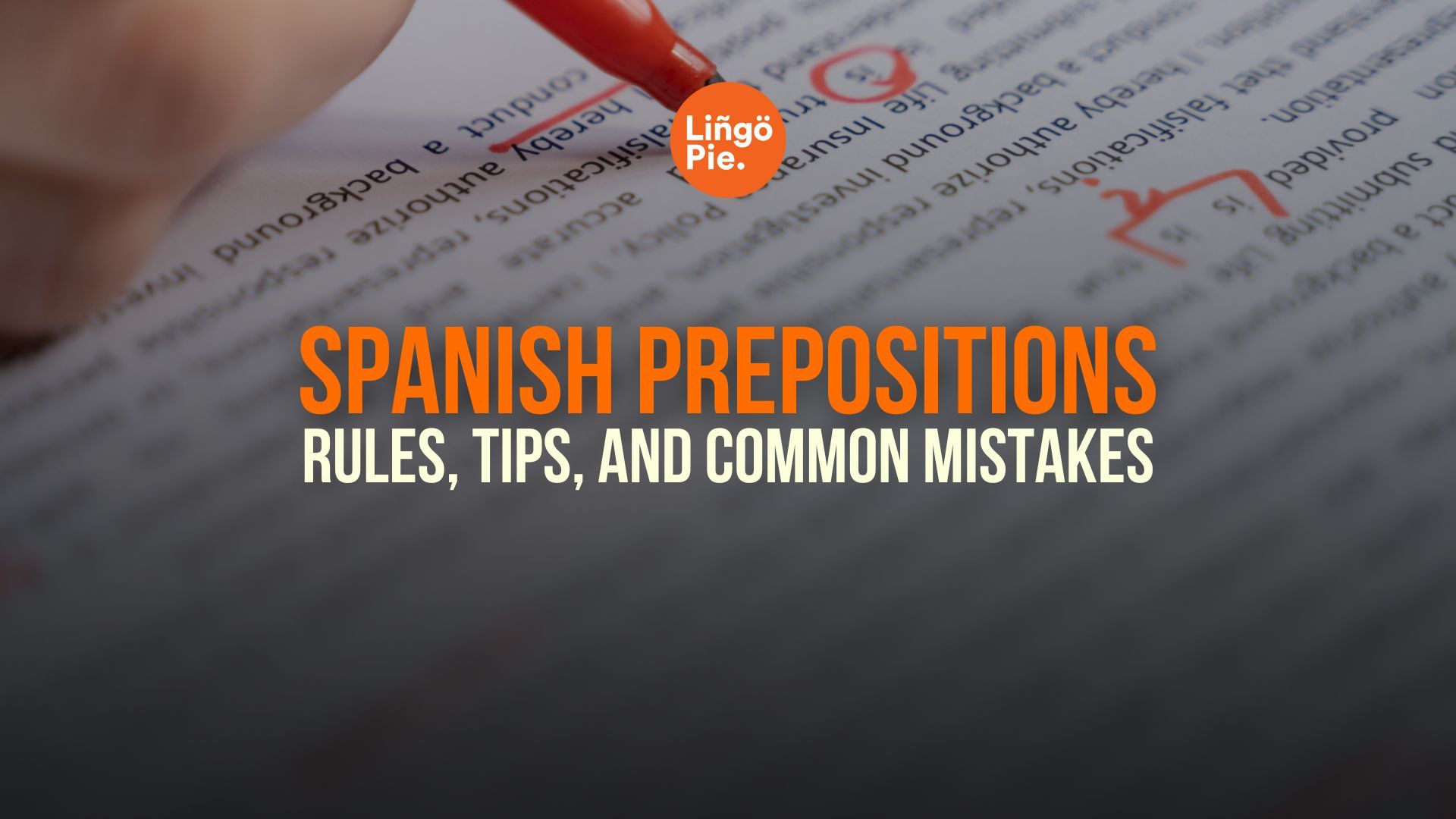

![How To Use Mo (も) Particle In Japanese Grammar [Guide]](/blog/content/images/size/w300/2025/06/How-To-Use-Mo-----Particle-In-Japanese-Grammar.jpg)
